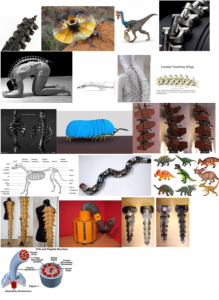New Direction (Air Chambers)
After Paul mentioned that he liked how the sponge was “squishy” and the concept was a lot less “skeletal” than previous cuddlebots with spinal-like movements, I decided to pursue this direction. It was through some research this week that I decided to pursue the idea of soft-bodied robots. In particular the concept of pneumatics, where one pushes air into silicone based bodies to cause a wide range of movements. In pursuit of this, I find an instructable to start on:
http://www.instructables.com/id/Air-Powered-Soft-Robotic-Gripper/

I will continue to work on this idea for the next few weeks to see if this is a viable idea for movement.




